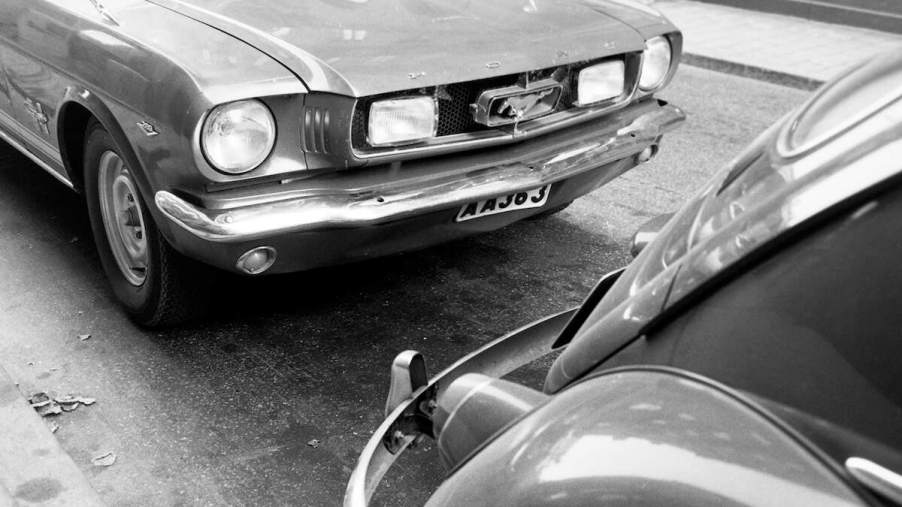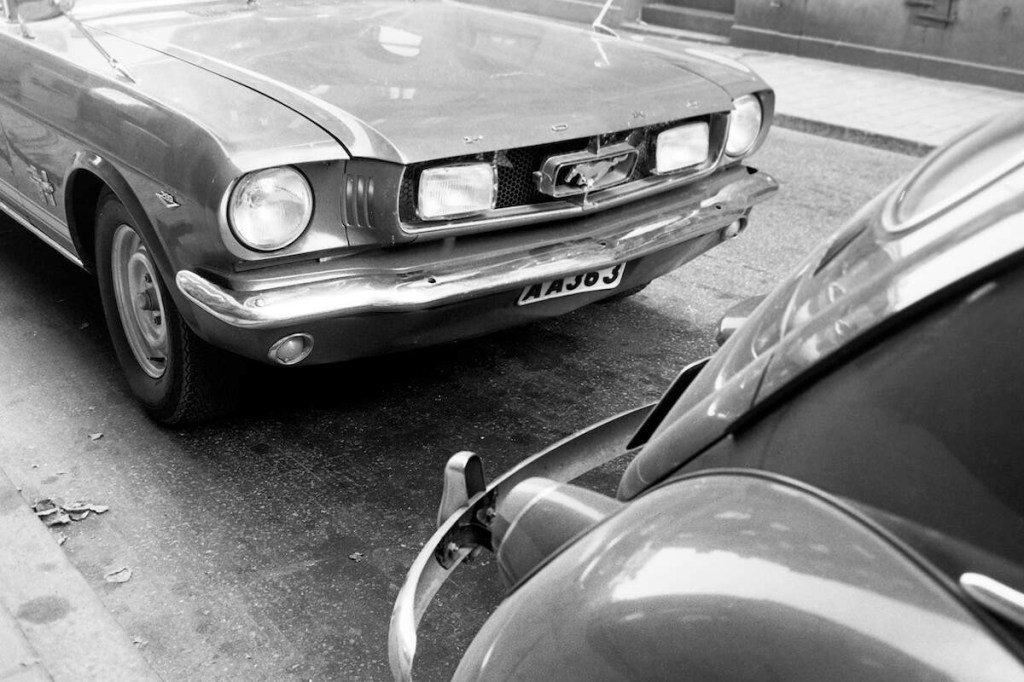
Water-Filled Car Bumpers Were Surprisingly Effective but Flawed
Today’s vehicles have numerous advanced car safety features to help protect passengers. But for decades, engineers have designed ways to prevent injuries and damage in car crashes. One is a little-known invention called the water-filled bumper. How did this car safety system work, was it effective, and why did it disappear?
How did water-filled bumpers work?

This bumper technology showed up in the 1960s and proved helpful in low-impact collisions and some higher-impact crashes. A vehicle traveling at about 10 to 20 mph hitting another car with the same water-filled bumper would lessen the damage that would otherwise occur, better protecting the occupants in both vehicles.
John Rich invented the water-filled parts, known as hydraulic bumpers. Made of quarter-inch-thick vinyl chloride, the bumpers had water chambers installed within, Automotive Fleet reports. Once impact occurred, the bumper would release water. After the collision, the driver would refill the bumper using tap water from a hose. The material typically wouldn’t have any ruptures.
To showcase its effectiveness, one man was recorded sitting on the trunk of a car while another vehicle rear-ended it, according to Jalopnik. The man, who sat with his legs between the two cars’ bumpers, experienced no more than superficial bruising. Another man stuck his head in front of a parked vehicle’s bumper while another car going 10 mph hit it. No injuries were reported.
This YouTube video shows old promotional footage of the water-filled bumpers.
Were water-filled bumpers effective?
After this technology was successfully tested, 100 taxi fleets in cities from New York to San Francisco installed them. The results surprised many doubters at that time. The use of these bumpers significantly lowered repair costs by 56%.
Auto insurance claim payments decreased by 58%, and downtime costs were 50% lower than traditional bumpers. It even reduced chain reaction–like collisions commonly seen on expressways and turnpikes. Also, of all the vehicles with this technology that were in accidents, only 18% reported any damage to the car.
Eventually, the water-filled bumpers became more widely used, including by police departments and companies besides taxi services.
Today, any driver with traditional bumpers can attest that fixing a dented bumper can be costly and time-consuming. But back then, water-filled bumpers incurred barely any damage.
Here’s why this technology never really caught on
Despite water-filled bumpers’ effectiveness, they didn’t really catch on. That could be for a few reasons. In winter, the water in these units could turn to ice, making the bumpers more like battering rams instead of soft impact absorbers. However, users could add antifreeze to solve the problem.
In addition, the added weight to the vehicle could’ve hampered the product’s popularity. Also, the bumpers — essentially two black boxes installed on each fender — weren’t attractive-looking. So that added to the list of drawbacks.
But arguably, the biggest reason is that newer impact-absorbing bumpers could handle more forceful collisions. Those parts were developed to satisfy mandates calling for stricter crash protection. Impact bumpers were one new feature, but they, too, were phased out due to their ugly appearance.
Water-filled bumpers proved to be more beneficial than many skeptics had thought. However, their unattractive appearance and newer safety technologies likely killed hydraulic bumpers.


